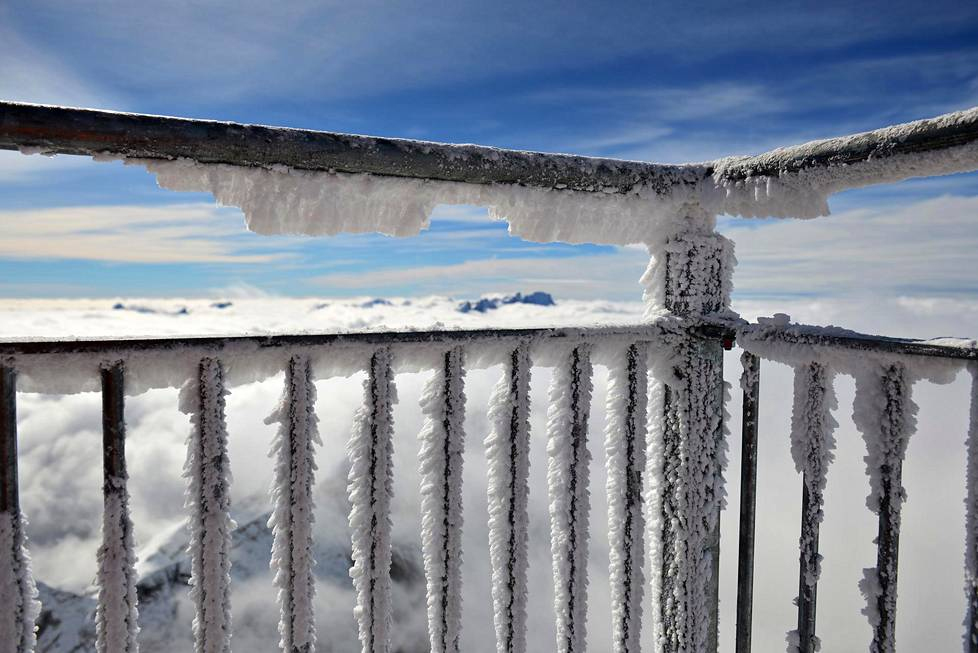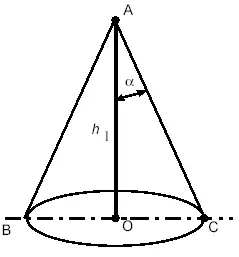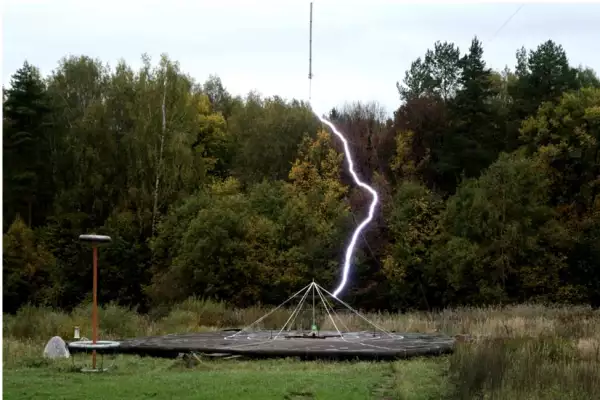To avoid deformation of lightning rods under exposure of snow, wind, and other natural conditions, they should comply with the requirements provided in the Code SP 20.13330.2016 "Loads and Exposures". The document is based on SNiP 2.01.07-85 issued in 1985. Since the times that have passed from that moment, many changes have been introduced. Additional statistical material has been collected and computing equipment has advanced dramatically. Moreover, the country has moved to different economic principles. But construction is a rather conservative area; for this, no essentially new code has been issued. As of the beginning of 2021, Changes No. 3 hereto was being approved by the RF Ministry of Construction. Let's consider what new aspects provided in document will bring in respect to the lightning protection of structures.
Taking icing-up into account
Section 11 describes wind exposure. Item 11.1.1 is added with the note stating that, for linear structural elements (wires, ropes, etc.) covered with ice, their diameters should be considered with the ice wall thickness defined according to Section 12. It means that the resistance of the lightning arrester elements to the wind is determined with consideration for the standard icing-up level.

Section 12 describes ice loads. According to "Changes", Item 12.1 is formulated in a new way. It mentions, among others, "ropes, grated structures, needles, and other similar elements", i.e. lightning arresters are covered by this item. But thorough study of a new revision shows that the requirement to consider the icing-up of lightning arrester elements is still the same, although a long sentence has been divided into two short ones thus eliminating an ambivalent interpretation of the item. Unambiguous interpretation of instructions is a good thing. Now, Item 12.2 expands standards related, among others, to lightning protection system elements, to any elements of the structure of a circular cross-section with the diameter of up to 70, inclusively. This has been done to match with changes introduced in Item 12.3.
Critical changes
However, the changes in Item 12.3 are much more significant. Now, if a wind load is the main short-term load in terms of exposure degree, the ice load may not be considered. The combination factor is currently defined by Item 12.3. The combination factor value relates only to the fact of whether this structural element is rigid or flexible. This conforms to new materials and technologies used today in the lightning protection systems. Appendix 2 hereto which established the multiplier for the ice layer thickness as related to the facilities located above 100 m, is cancelled.
Conclusions
Changes No. 3 to Code SP 20.13330.2016 "Loads and Exposures" in terms of building element types, where lightning protection systems may also be included, make standards seem more logical. Now, the need to consider icing-up in the lightning protection system design is clearly and explicitly stated in the standards. However, the standards for the lightning protection of high-rise buildings have actually become less strict, which is explained by the accumulation of the experience of operation of such buildings. But note the changes in the method of combination factor calculation. Sometimes (e.g., if the lightning protection system contains rigid cylinder elements with the diameter of up to 70 mm), Changes No. 3 apply stricter requirements to the structure resistance to wind than the initial version of the Code. Only experienced specialists can get through the information on whether the design can meet new requirements and, if necessary, make changes to it to ensure minimum costs for the customer. That is why it is much better to contact Zandz.com Technical Center to solve the issues related to the calculation of reliable and modern lightning protection and grounding system.
Related Articles:


 How Does A Lightning Orient and Can We Control This?
How Does A Lightning Orient and Can We Control This?
 6. How to do that?
6. How to do that?

